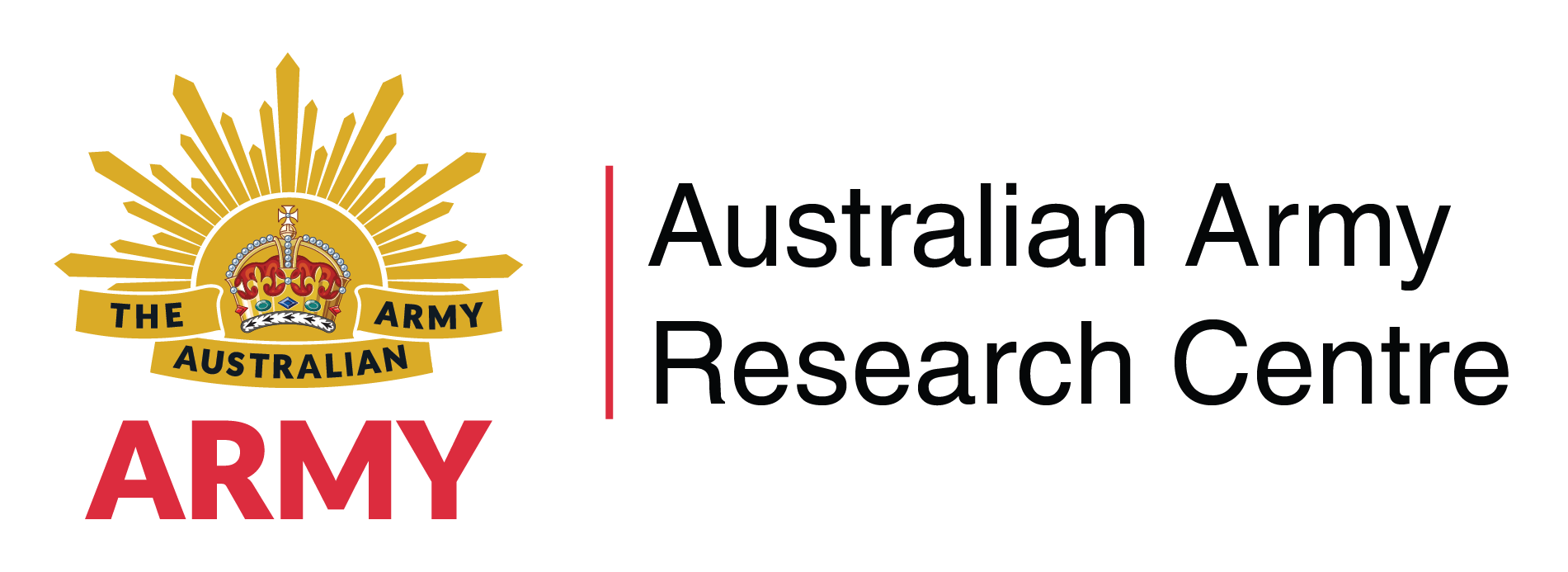Search
Using the filters to the left, click your selection, it will become bold and filter the results, click it again to remove that filter.
The Artist and the Warrior: Military History through the Eyes of the Masters Written by: Theodore K. Raab, Yale University Press, 2011, ISBN: 9780300126372, 228 pp Reviewed by: Dr Claire Baddeley, Senior Curator of Art, Australian War Memorial The preoccupation with war and its representation has long been the subject matter of artists. Whether recording battles or the heroism and suffering of war’s protagonists, artists have depicted conflict in its many forms over the centuries. From early images in …

Anzacs in the Middle East: Australian soldiers, their allies and the local people in World War II Written by: Mark Johnston, Cambridge University Press, Melbourne, 2013, ISBN: 9781107030961, 255 pp Reviewed by: Tristan Moss, PhD student, Australian National University During the first half of the Second World War, three Australian divisions and thousands of support troops played an important role in the war against Italy and Germany. Over a period of three years, Australian soldiers campaigned or were …

Defense Acquisition Reform 1960–2009: An Elusive Goal Written by: J. Ronald Fox, Center of Military History United States Army, Washington, D.C., 2011, ISBN: 9780160866975, 268 pp.1 Reviewed by: Scott Richardson, Land Warfare Studies Centre As may be expected, a book entitled Defence Acquisition Reform 1960–2009: An Elusive Goal is unlikely to attract a wide audience of avid readers. An account of United States (US) Department of Defense efforts at procure-ment reform compiled by J. Ronald Fox, a …

The Battle for Lone Pine: Four Days of Hell at the Heart of Gallipoli Written by: David W. Cameron, Viking, 2012, ISBN: 9780143572114, 386 pp Reviewed by: Dr Karl James, Australian War Memorial Built on the heart of the old battlefield, Lone Pine Cemetery on Gallipoli Peninsula is today a place of contemplation and reflection. It contains the remains of over 1100 Commonwealth servicemen including 182 Australians killed in the area, mostly during August 1915, and who are known or believed to be buried …

Hell’s Battlefield: The Australians in New Guinea in World War II Written by: Phillip Bradley, Allen & Unwin, Sydney, 2012, ISBN: 9781743317556, 506 pp Reviewed by: John Moremon, Centre for Defence and Security Studies, Massey University Close to 20 years ago, Peter Stanley, the respected and industrious historian who nowadays heads the Centre for Historical Research at the National Museum of Australia, declared that there was a ‘green hole’ in Australian military historiography. He noted that the …

Exit Wounds: One Australian’s War on Terror Written by: Major General John Cantwell (Retd) with Greg Bearup, Melbourne University Press, Melbourne, 2012, ISBN: 9780522861785, 374 pp Reviewed by: Dr John Blaxland, Senior Fellow, Strategic and Defence Studies Centre Wow! This book is hard to put down. At first I was a bit reluctant to purchase a copy, assuming from the cover that the book was a little self-indulgent. After all, Major General John Cantwell had a dream career and one that many others …

Listed below is a select group of books recently or soon to be published that either contribute to the discussions initiated in the articles in the Australian Army Journal or on subjects that may be of interest in the near future. Some of these books may be reviewed in forthcoming editions of the Journal . John R. Ballard, David W. Lamm and John K. Wood, From Kabul to Baghdad and Back: the US at War in Afghanistan and Iraq , Naval Institute Press, Annapolis, 2012, 408 pp. Ballard et al. examine the US …
The Kokoda Campaign 1942: Myth and Reality Written by: Peter Williams, Cambridge, Melbourne, 2012, ISBN: 9781107015944, 304 pp Reviewed by: Lieutenant Colonel Gavin Keating, SO1 Amphibious Development, Deployable Joint Force Headquarters Mythology plays an important role in the way that societies frame their histories and this is particularly true for the profession of arms. Australia’s military history offers numerous examples of this phenomenon — Breaker Morant, the landings at Gallipoli, the Rats …

The China Choice: Why America Should Share Power Written by: Hugh White, Black Inc, 2012, ISBN: 9780199684717, 208 pp Reviewed by: Andrew O’Neil, Professor in the School of Government and International Relations at Griffith University and Director of the Griffith Asia Institute After a period in which numerous observers claimed that relations between states were becoming a secondary consideration with the rise of globalisa- tion and its symptoms such as jihadist terrorism, geopolitics has returned to …

Abstract The evolving lethality and accuracy of weapon systems in the battlespace should drive dismounted combat platoons to continually modify Tactics, Techniques and Procedures in order to mitigate threats. Implementation of Manoeuvre Support Section down to Company and Platoon level combined with improving communication systems offer new opportunities for dismounted combat platoons to disperse and manoeuvre sub units far more effectively than ever previously seen. This article examines the ways in which …
